Tucked away in the heart of the Annapurna region lie two of Nepal’s most underrated wonders: Kapuche Glacier Lake and Kori Danda. While the popular trails of Annapurna Base Camp and Poon Hill buzz with trekkers, this lesser-known route offers solitude, raw nature, and the kind of quiet beauty that stays with you long after the journey ends.
In this blog, we’ll guide you through the experience of trekking from Sikles village to Kapuche Lake and Kori Danda, combining our personal journey with practical information to help you plan your own.
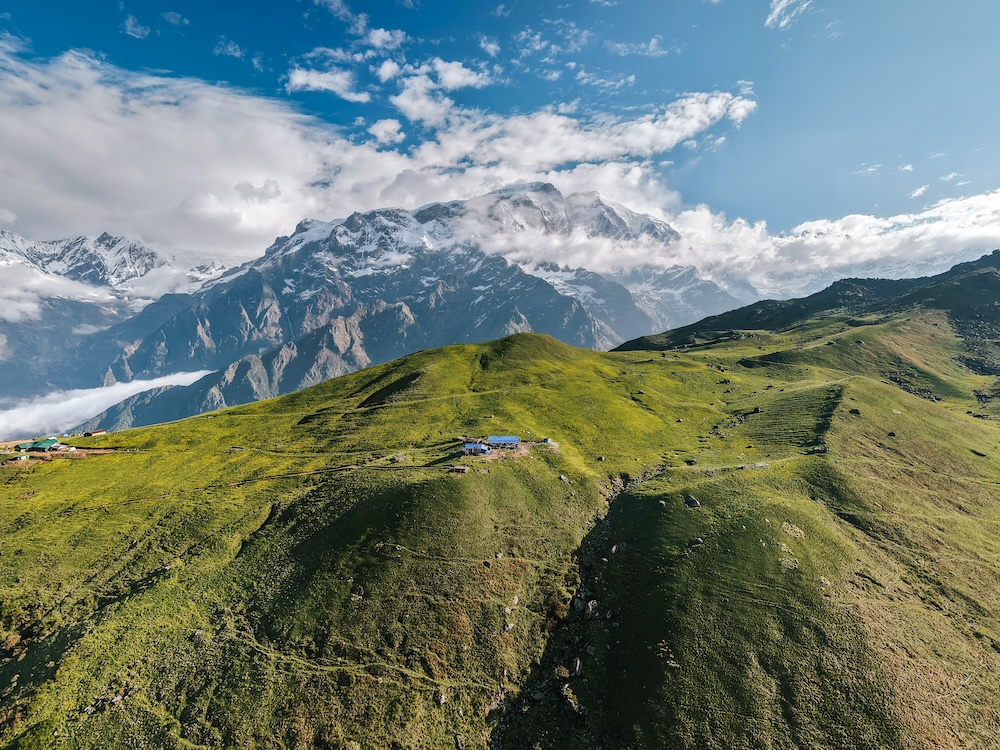
Contents
Where Exactly Are Kapuche and Kori?
Both destinations are located within the Annapurna Conservation Area, in Kaski District of Gandaki Province. Kapuche Lake, sitting at an altitude of 2,450 meters, is believed to be the lowest-altitude glacier lake in the world. Kori Danda, rising to 3,850 meters, is a stunning open ridge known for its sweeping views of the Annapurna and Lamjung Himal ranges, meadows blanketed with wildflowers, and soulful solitude.
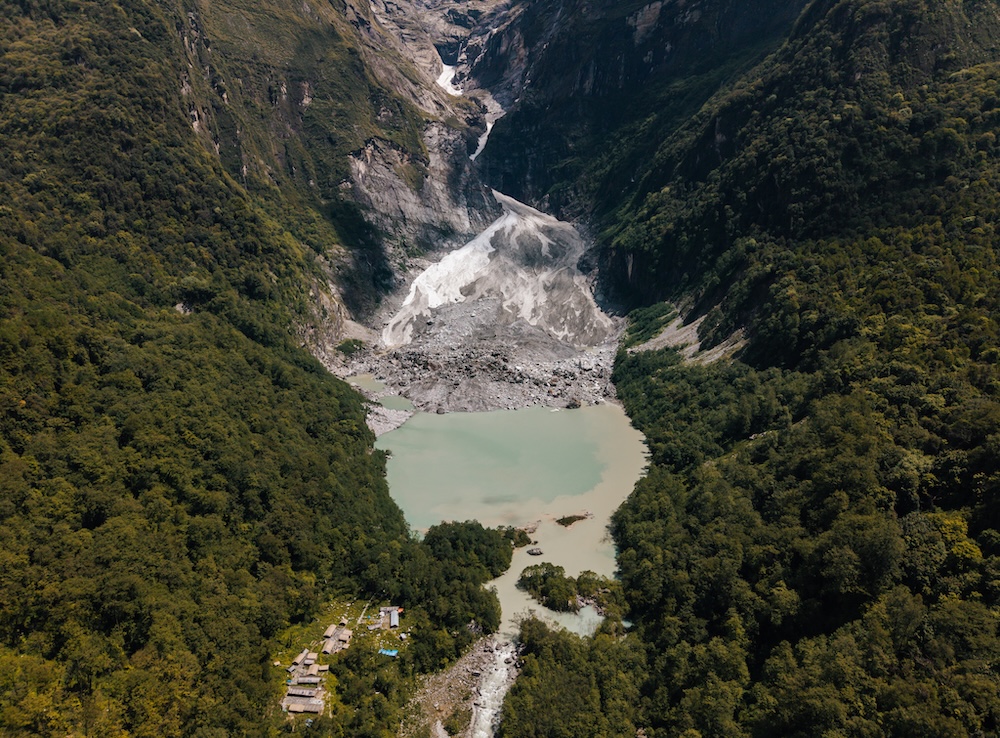
Starting Point: Kathmandu to Pokhara
Our journey began in Kathmandu, where we set out by scooter and rental car. The drive to Pokhara took around 6–7 hours, passing through the Mugling junction and winding along the Prithvi Highway. These days, the road condition has improved significantly, especially with the ongoing upgrades to support tourism.
Pokhara, as always, was more than just a transit point. Even with its growing urban landscape, the lake city holds its charm. The boats resting on Phewa Lake, the silhouette of Machhapuchhre at sunset, it has a way of slowing you down.
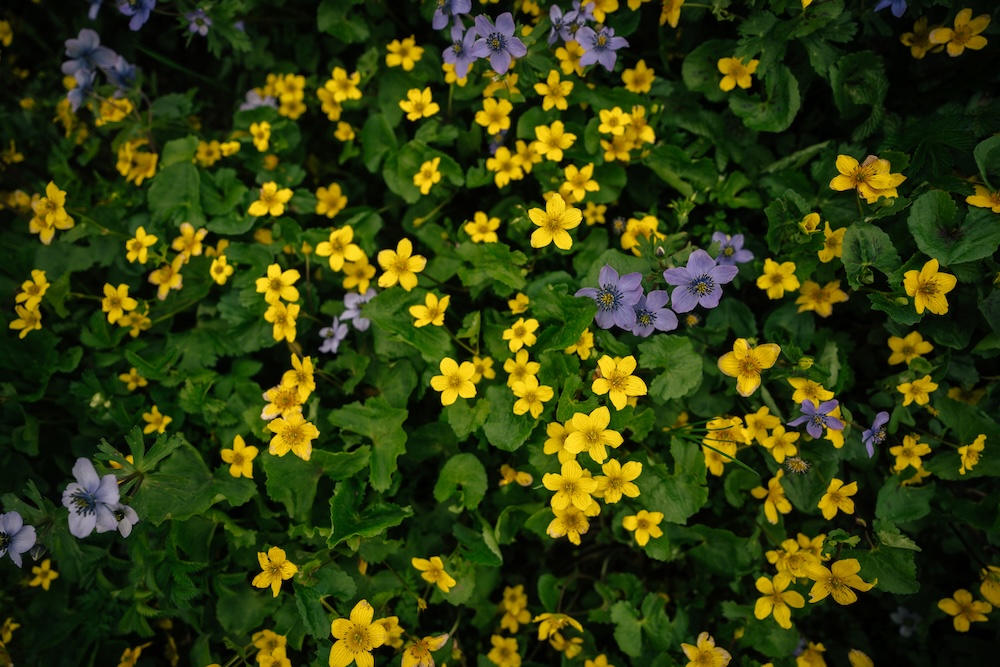
Day 2: Pokhara to Sikles
Early the next morning, we left for Sikles, a picturesque Gurung village. The road is partly pitched but becomes rougher as you approach the village. A vehicle with good ground clearance is recommended, though some adventurous travelers take scooters or motorbikes.
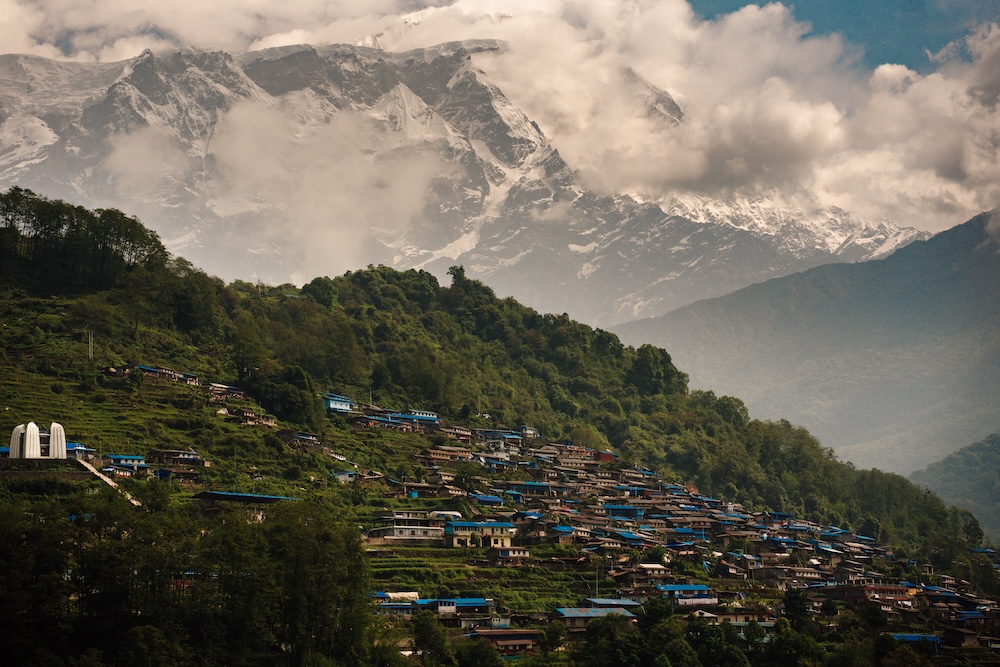
Sikles is a treasure in itself. Stone-paved alleys, traditional Gurung houses, and the warm hospitality of the locals make it feel like a living museum. At 1,940 meters above sea level, it’s also one of the largest Gurung settlements in Nepal. From here, the real trekking begins.
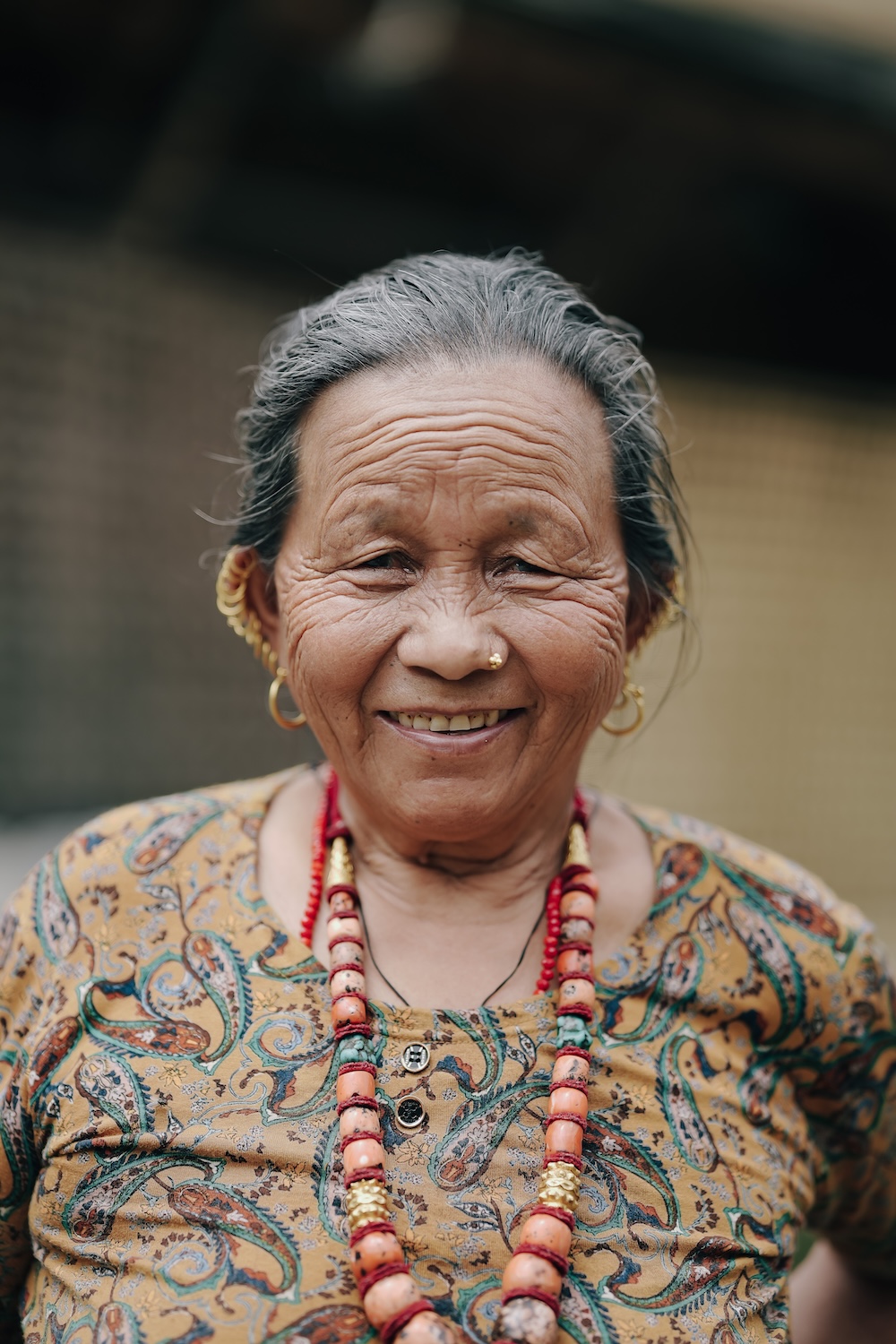
Day 3–4: Trekking to Hugu and Kapuche Glacier Lake
The trail from Sikles to Hugu, a small seasonal settlement, takes around 6–7 hours on foot. Along the way, you pass through Tangting village, cross long suspension bridges, and enter the lush, misty depths of the forest. Hugu, once a simple sheep pasture, now has a few cottages operated by Namaste Guest House. Facilities are basic, but the location at 2,100 meters is peaceful, with NTC’s 2G coverage allowing minimal phone connectivity.
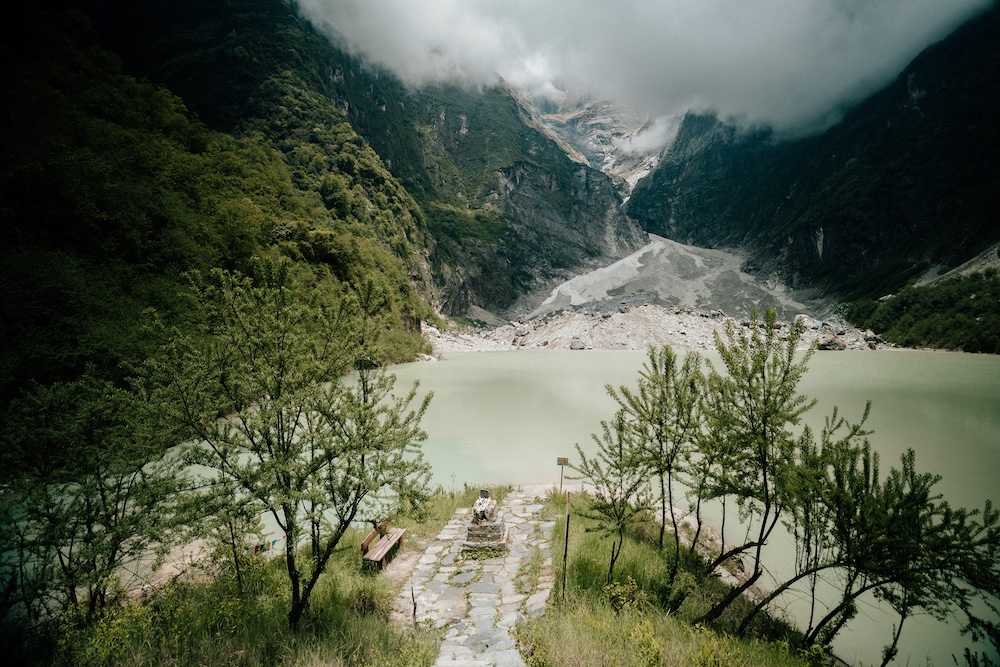
From Hugu, a 3–4 hour hike leads to Kapuche Lake. The trail is magical: rivers whispering below, birds chirping in the canopy above, and the crisp forest air washing over you. As we approached the lake, the atmosphere became almost meditative. Kapuche glowed blue-green beneath the snowmelt, completely still, like a yogi in deep reflection. It spans about 10,000 square meters and is fed by the melting glaciers of the Annapurna range.
Due to climate change, however, the surrounding landscape is shifting. The snowline retreats year after year, and signs of wildfire damage are visible in some forested areas. Kapuche is not just a beauty spot; it is a quiet but urgent reminder of what we stand to lose.
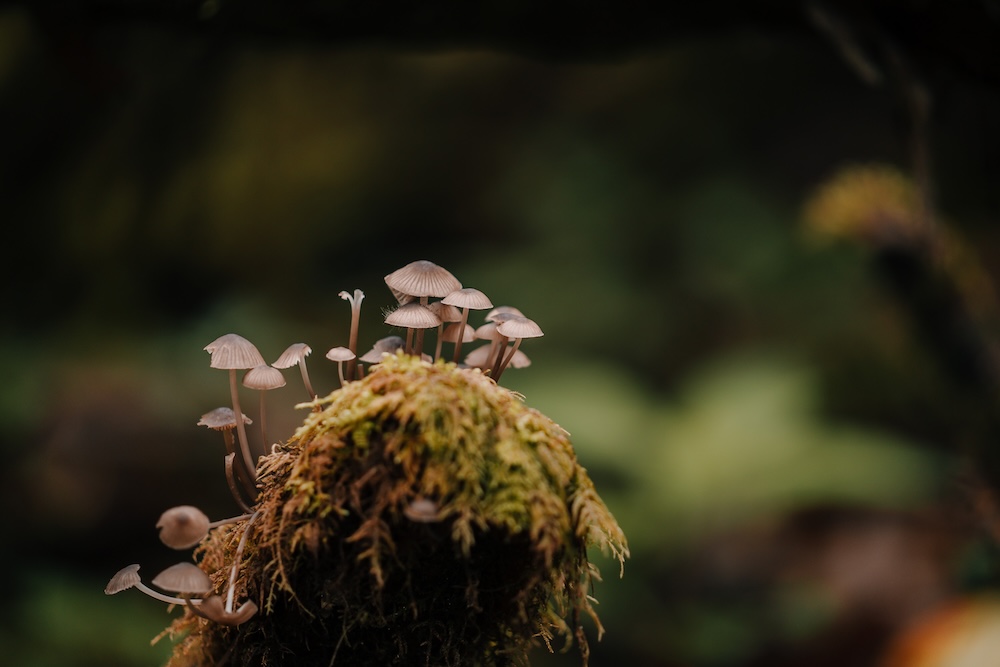
Day 5–6: Hugu to Kori Danda
After resting in Hugu, we continued toward Kori Danda. This part of the trek climbs steeply through rhododendron forests and alpine meadows. Leeches can be a nuisance during the monsoon season, so be prepared with salt or repellents.
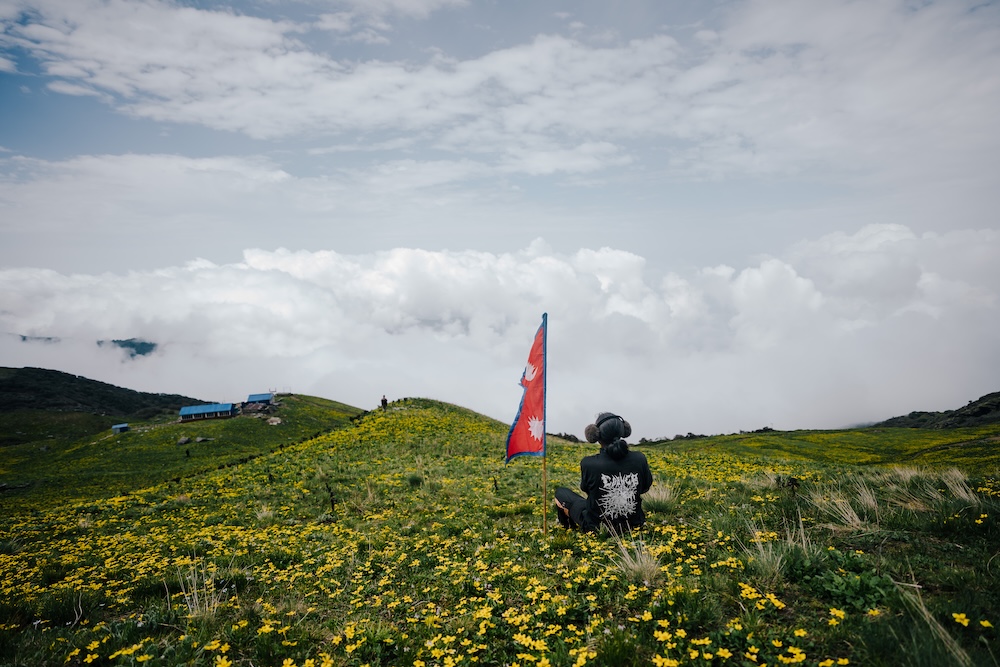
As we gained altitude, the landscape transformed. The trail opened into vast grasslands speckled with wildflowers. At 3,850 meters, Kori Danda offered one of the most breathtaking panoramas we’ve seen. The Annapurnas stood close and clear, while colorful blooms swayed gently in the wind. There are no tea houses at Kori, so you’ll need to camp or descend the same day. Mobile network (NTC 4G) works here, surprisingly.
Kori is also known as the Tony Hagen Trail, named after the Swiss geographer who documented much of Nepal in the mid-20th century. Despite its beauty, Kori receives very few visitors. But that’s precisely what makes it special.
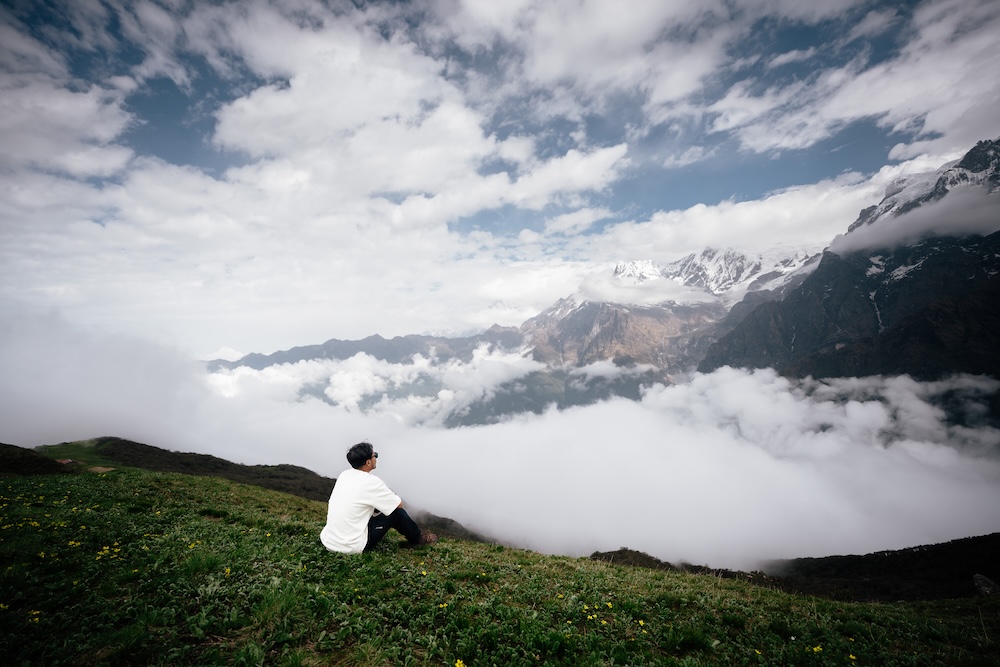
Best Time to Visit
- Spring (March–May): Rhododendrons in full bloom, clear skies, and manageable temperatures.
- Autumn (September–November): Post-monsoon clarity, perfect for mountain views and camping.
- Avoid peak monsoon (July–August) due to slippery trails and leeches.
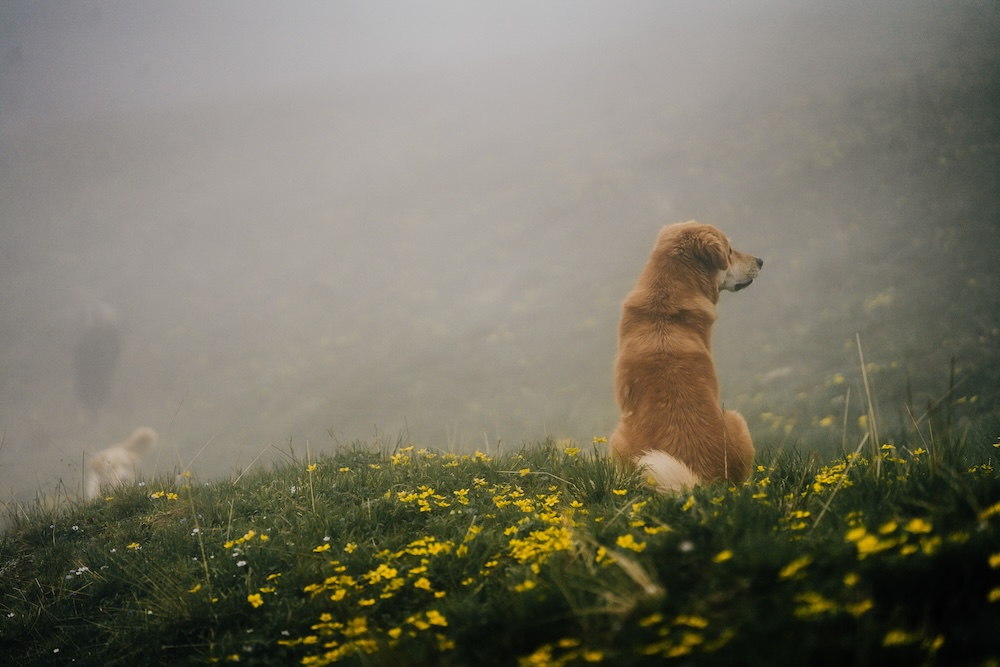
The misty weather is very usual during this trek
Things to Keep in Mind
- Transport: Jeeps to Sikles can be hired from Pokhara. You can also rent scooters or bikes, but road conditions can be rough.
- Accommodation: You will get all the basic needs covered over there.
- Connectivity: NTC coverage works in most parts, including Kori.
- Trail: The trail is in the developing phase, but you shall rejoice in the solitude and pure wilderness it brings.
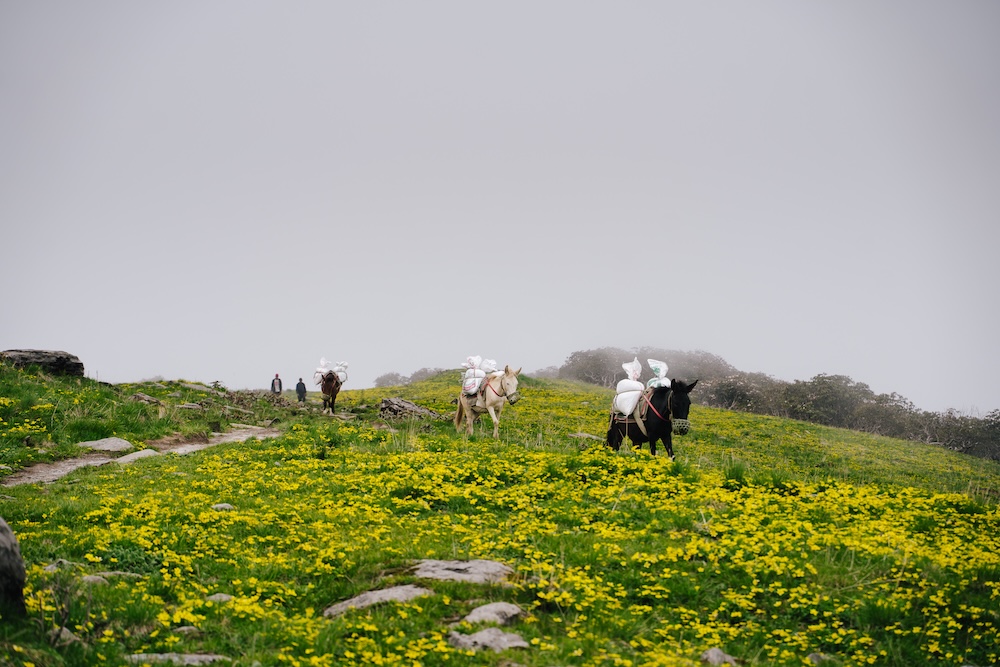
Final Reflections
What began as a trek turned into something deeper with a quiet lesson in beauty, resilience, and connection. In places like Kapuche and Kori, nature speaks softly but clearly. You just have to walk far enough to listen.
Whether you’re seeking spiritual solitude, mountain photography, or simply a fresh trail away from the crowd, this journey delivers more than you expect.
So if you’re looking for Nepal’s hidden treasures, skip the well-trodden paths. Let Kapuche and Kori show you what untouched wonder really means.
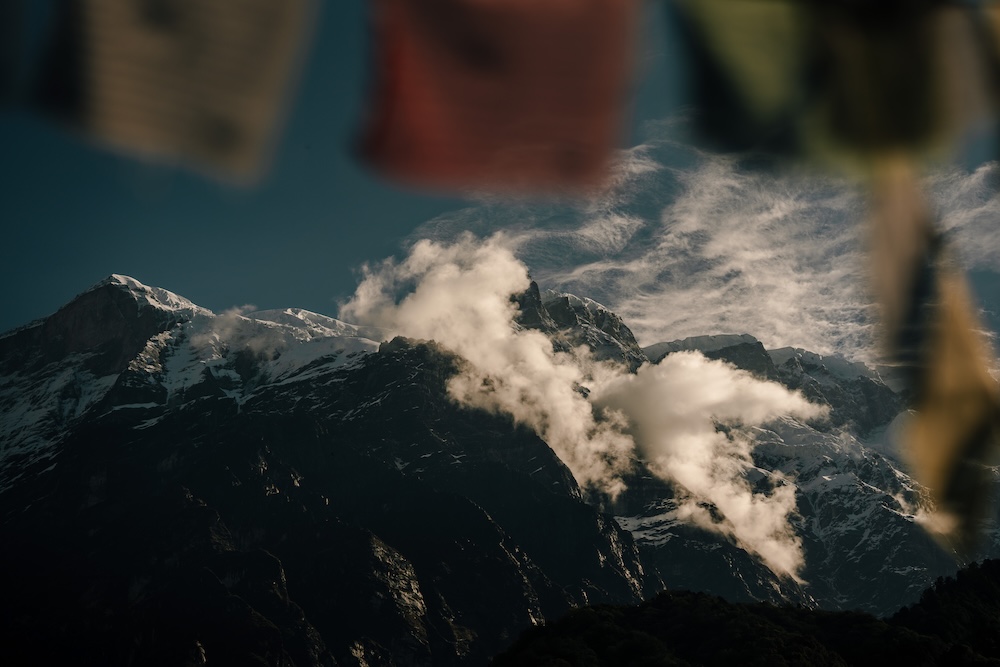
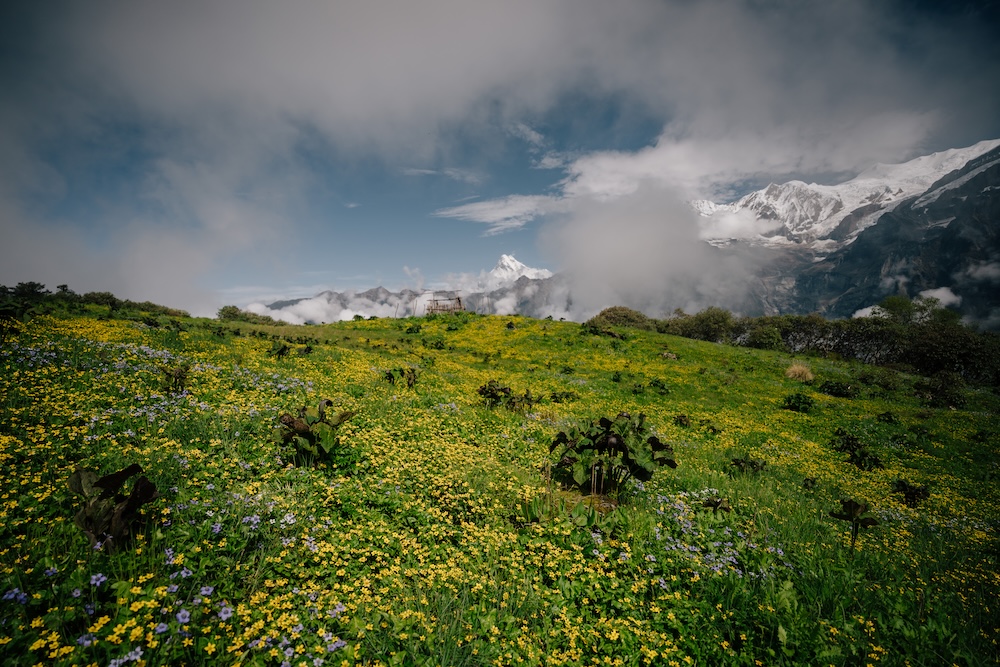
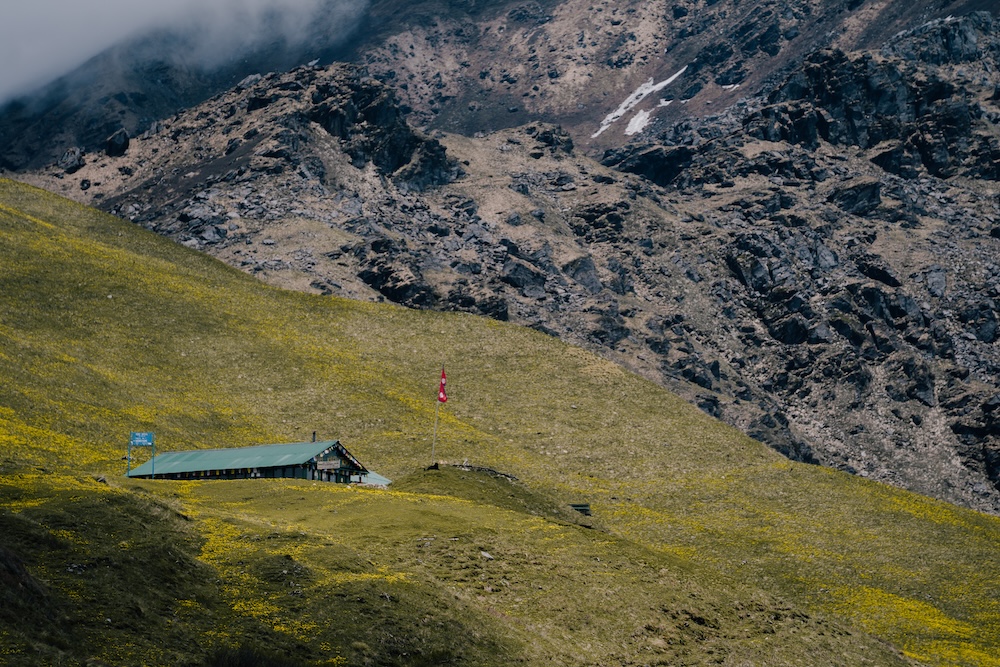
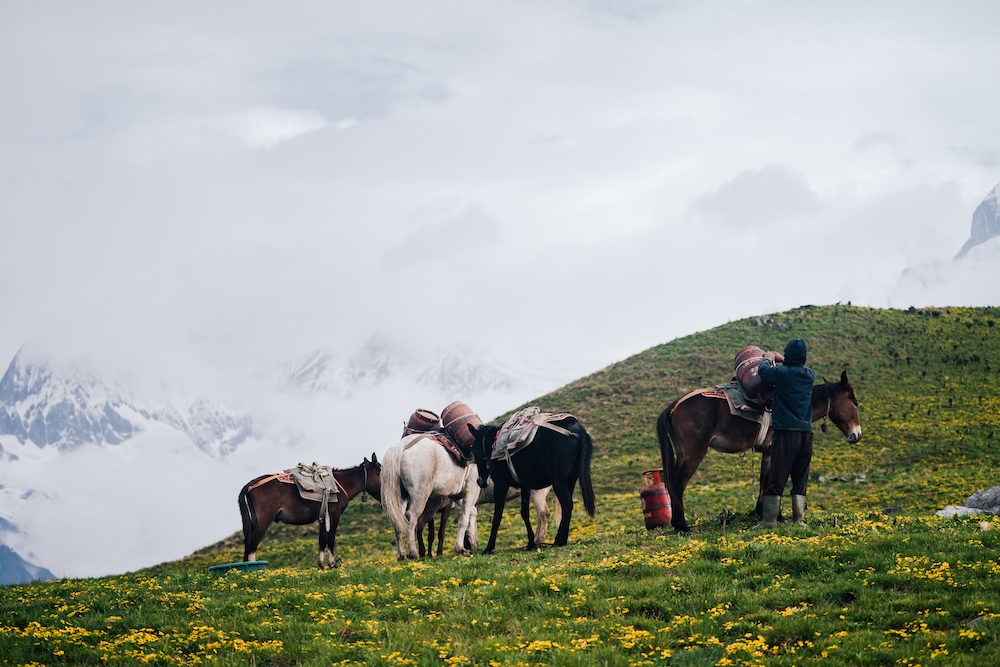
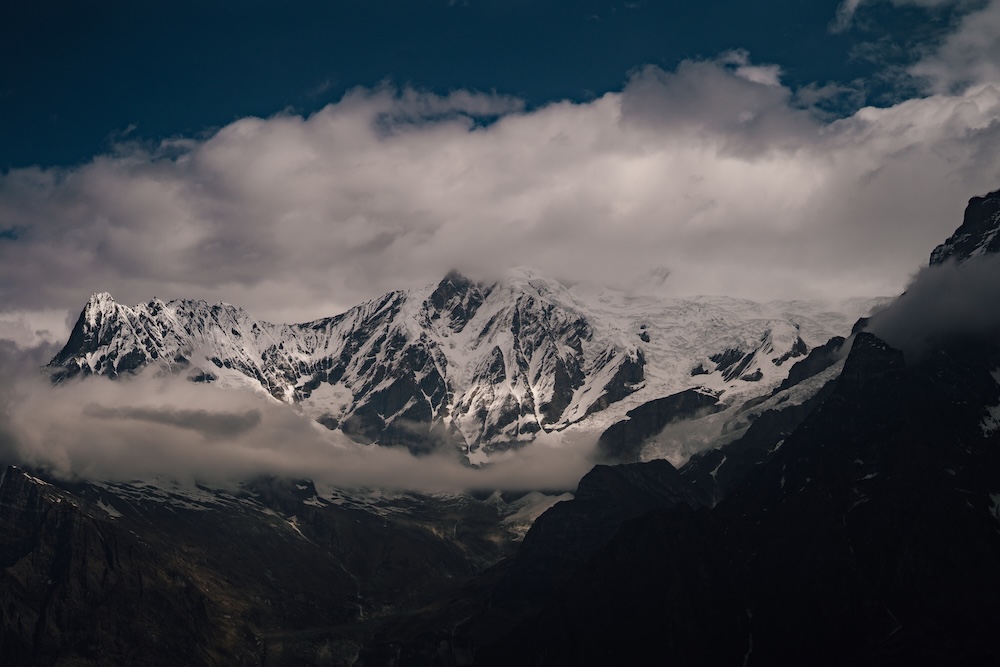
Article By: Puspa Devkota
Photos: Abhishek Dhakal, Prajwal Shrestha, Suyas Regmi, Rojin Pathak


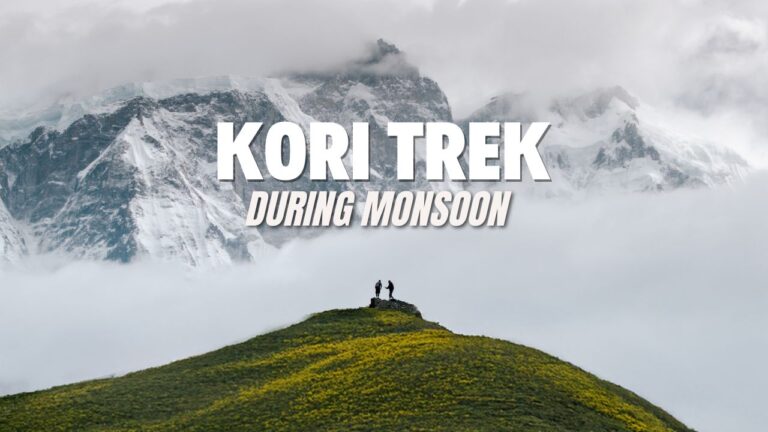
Comments are closed.